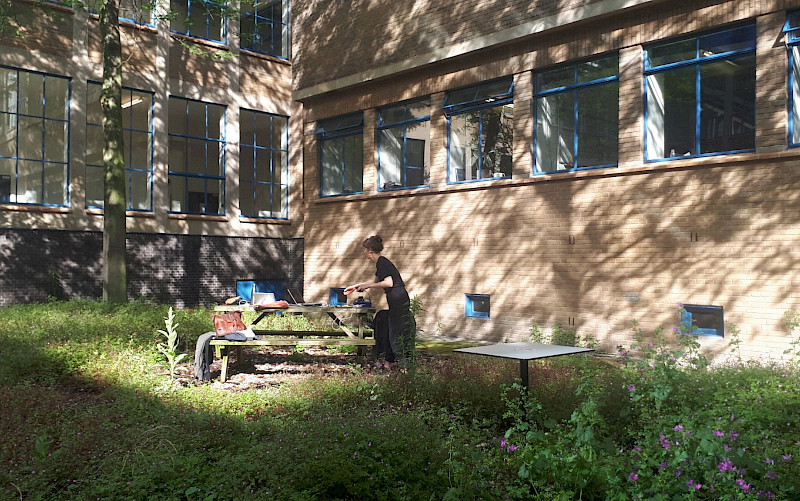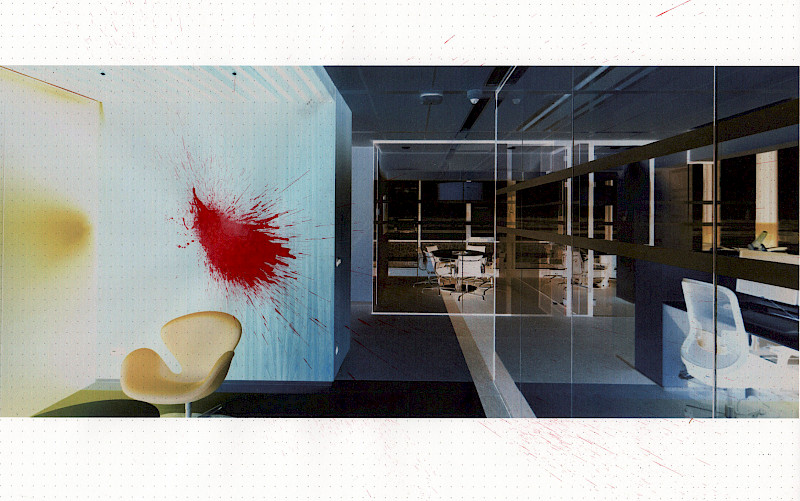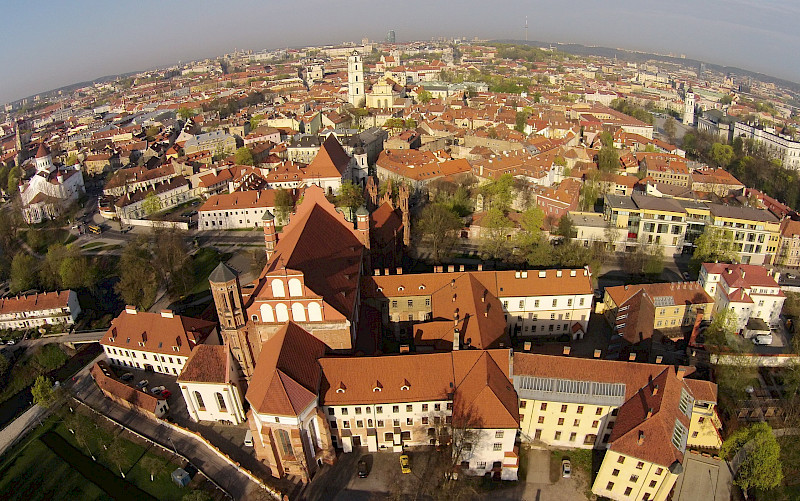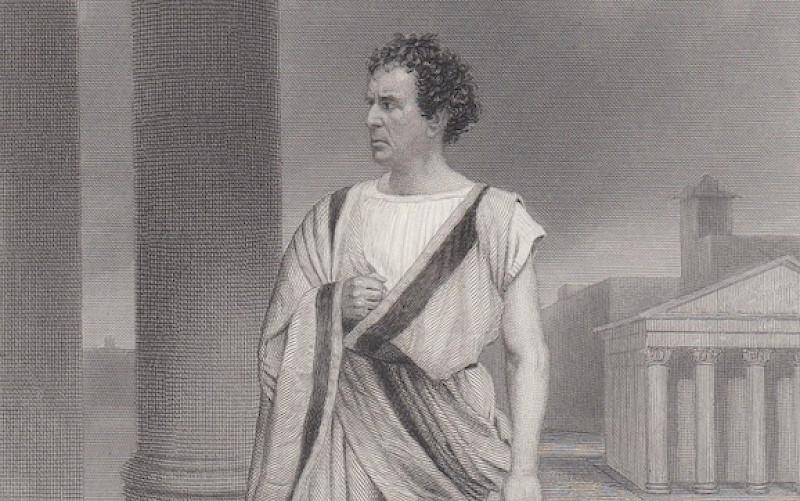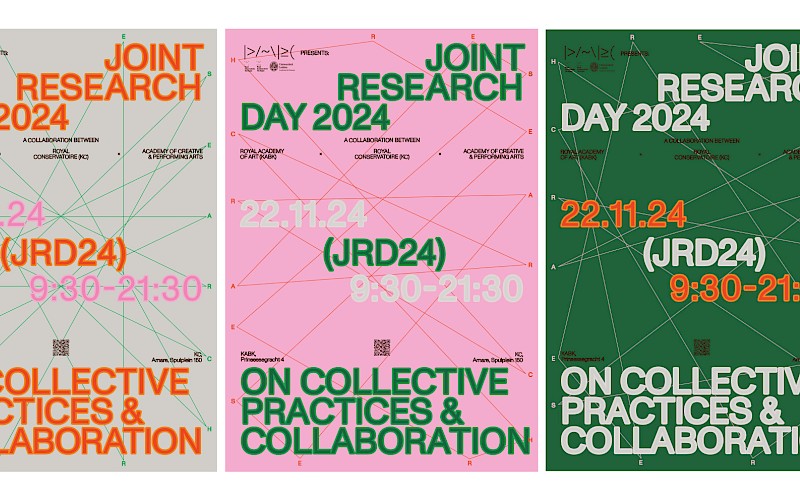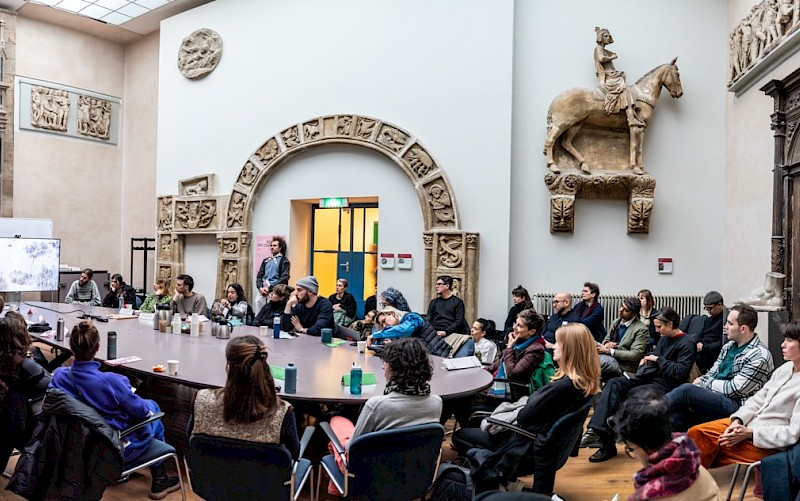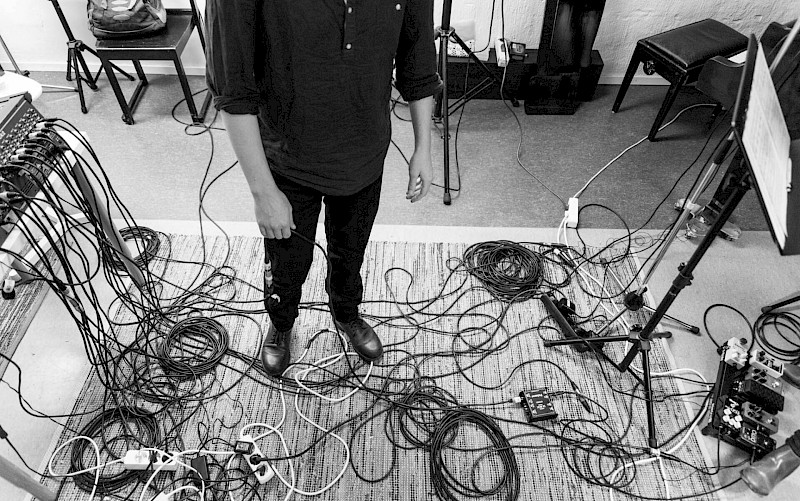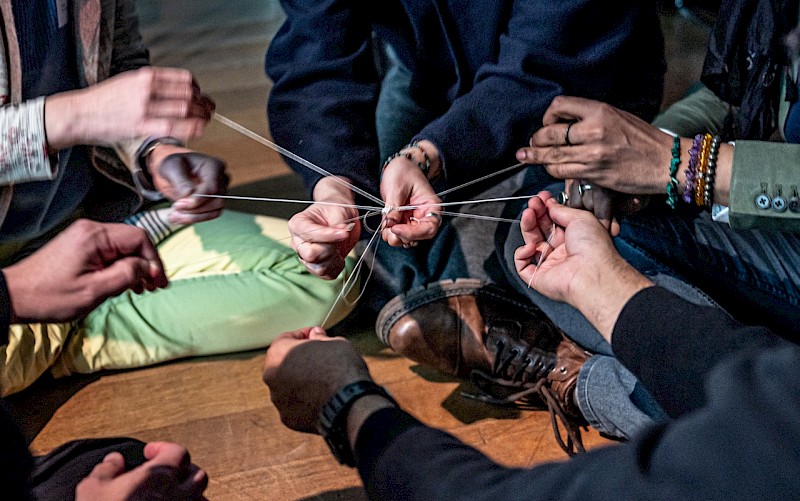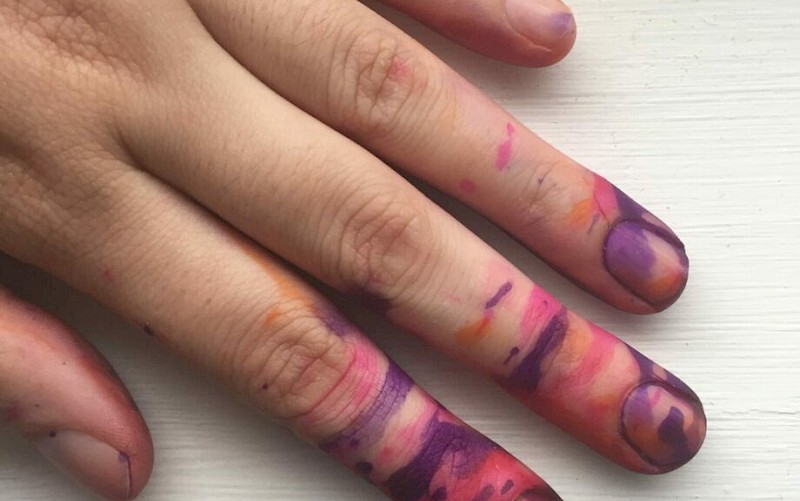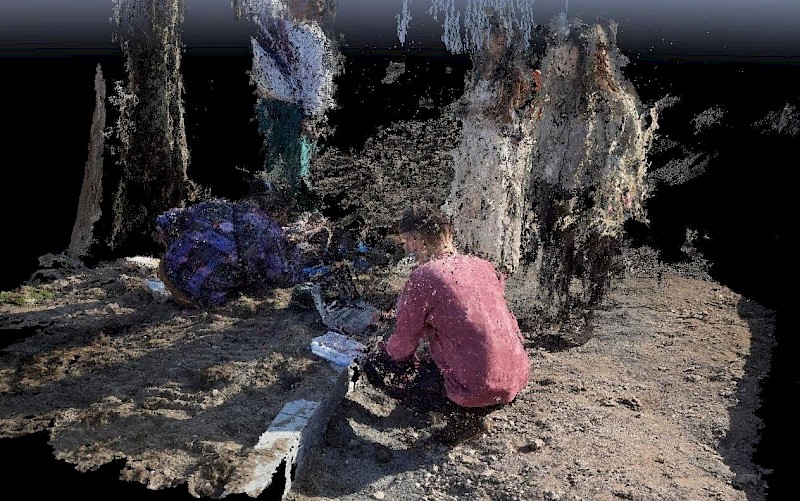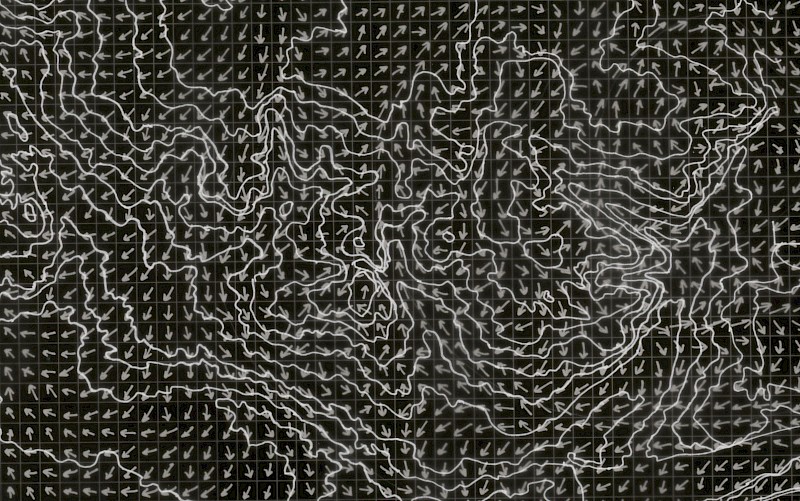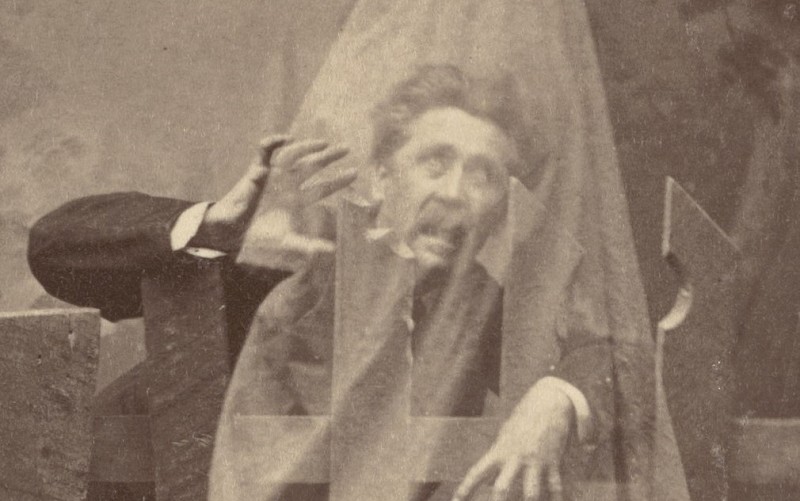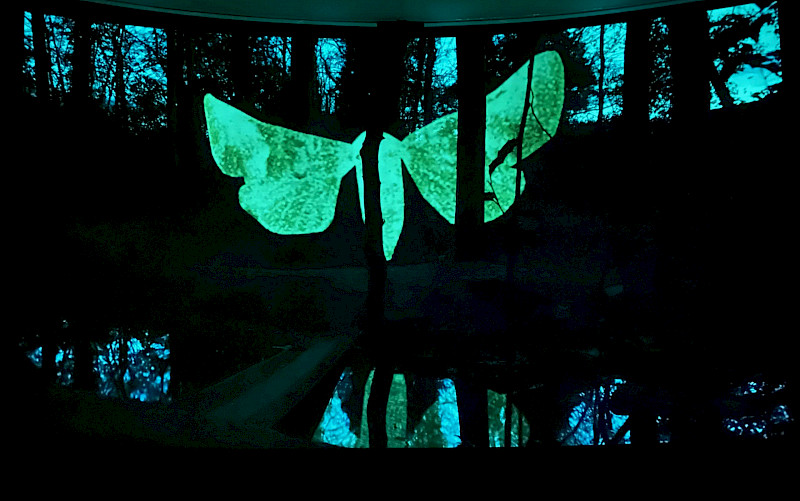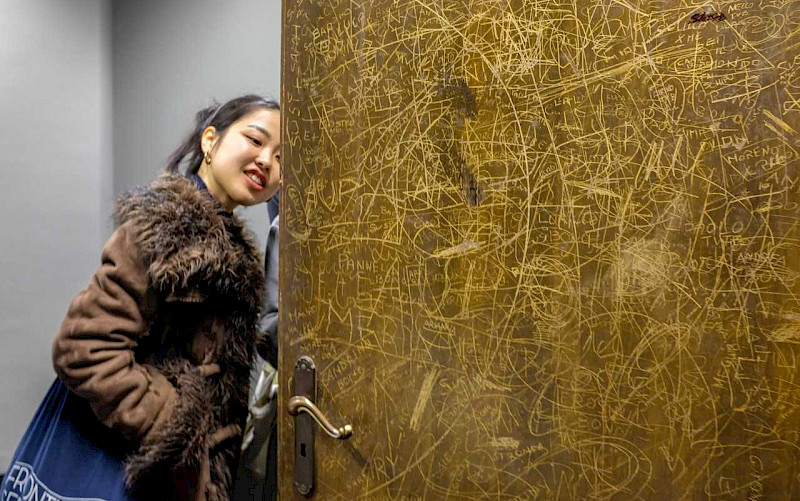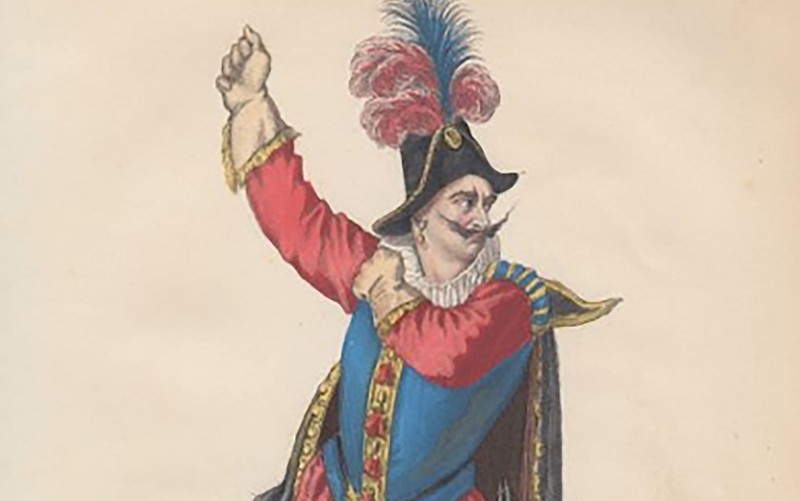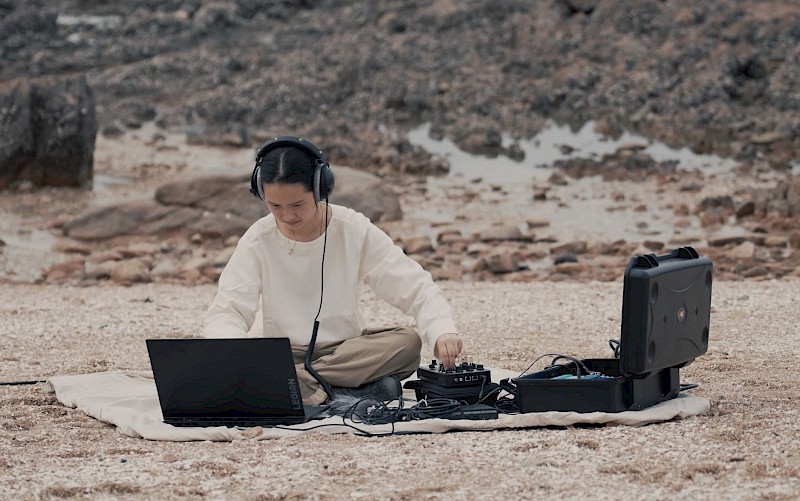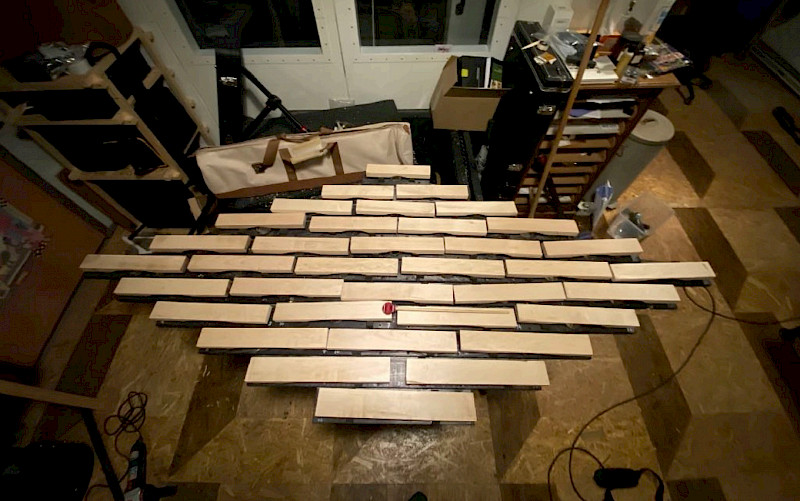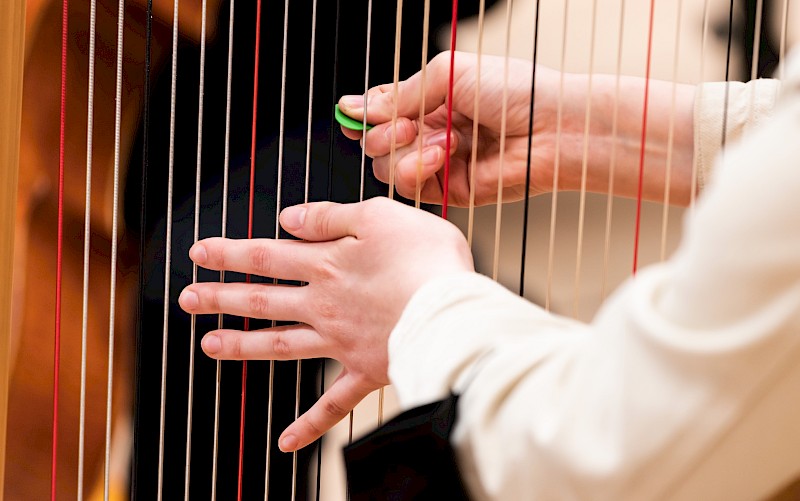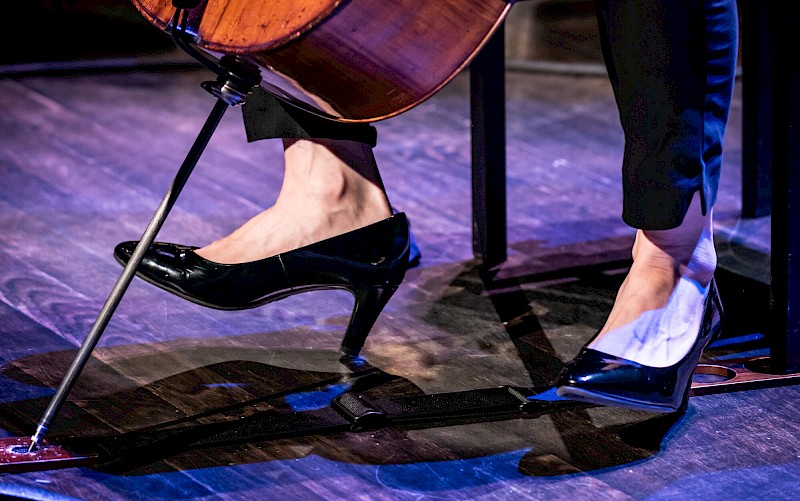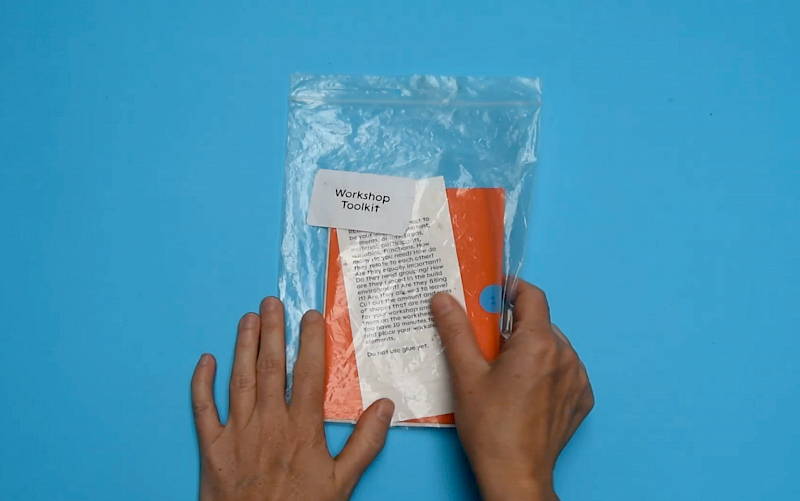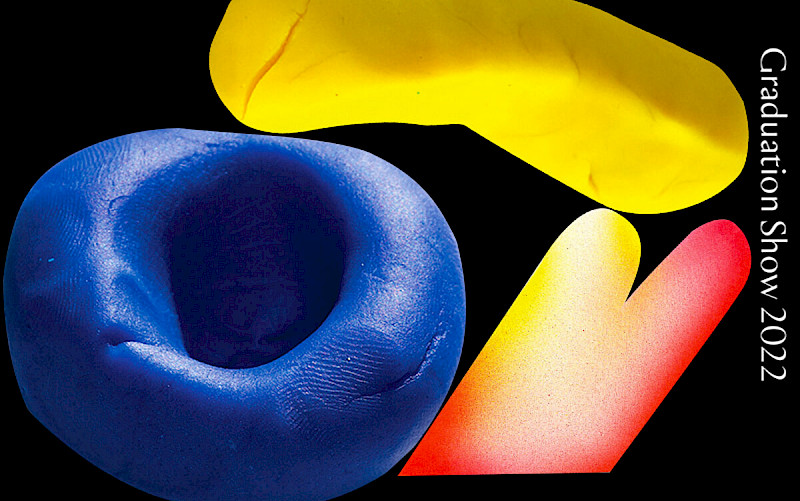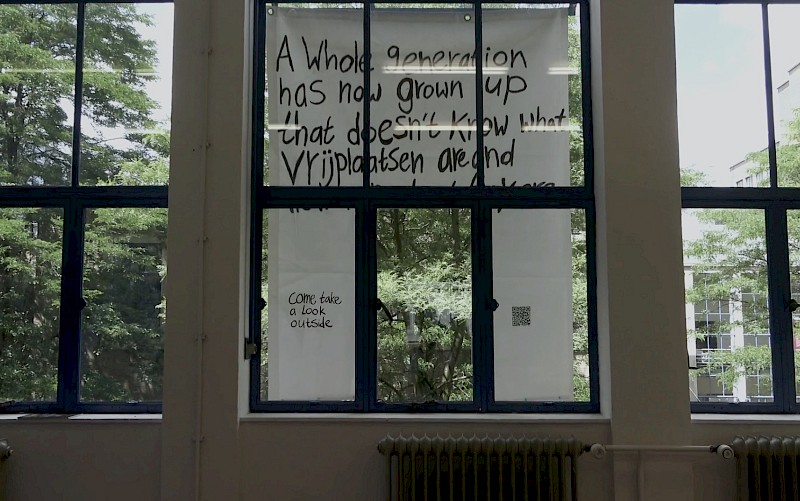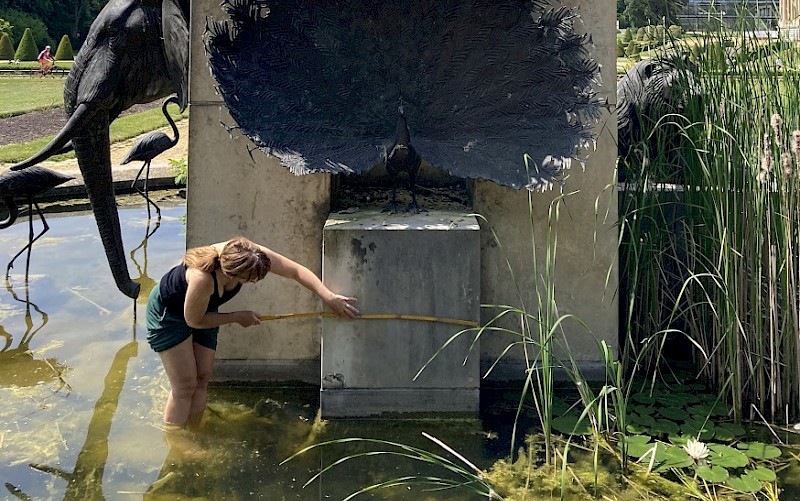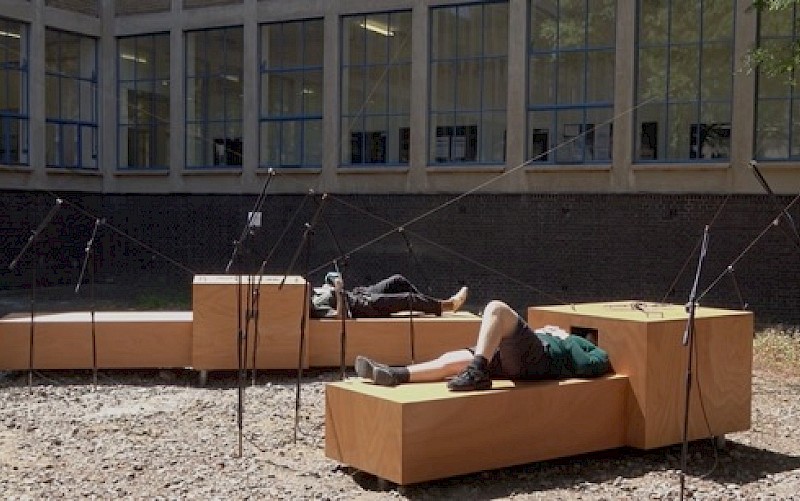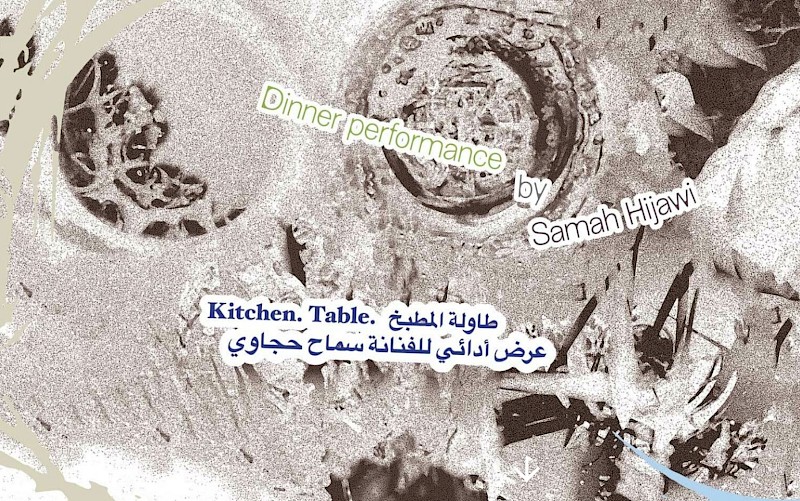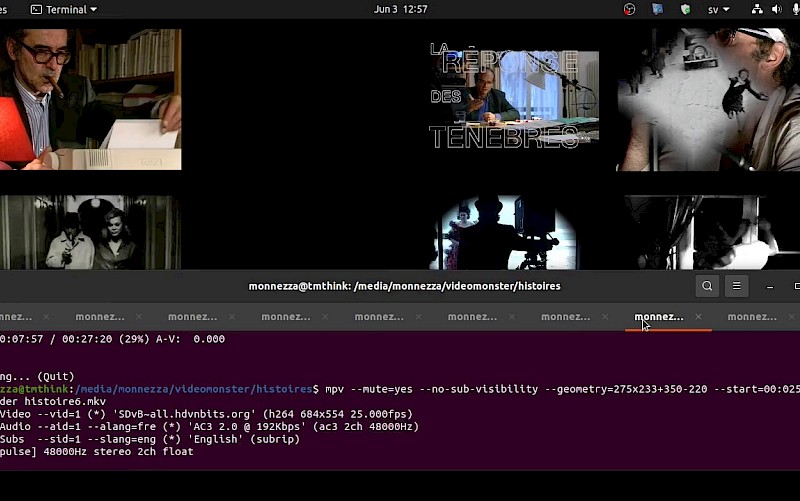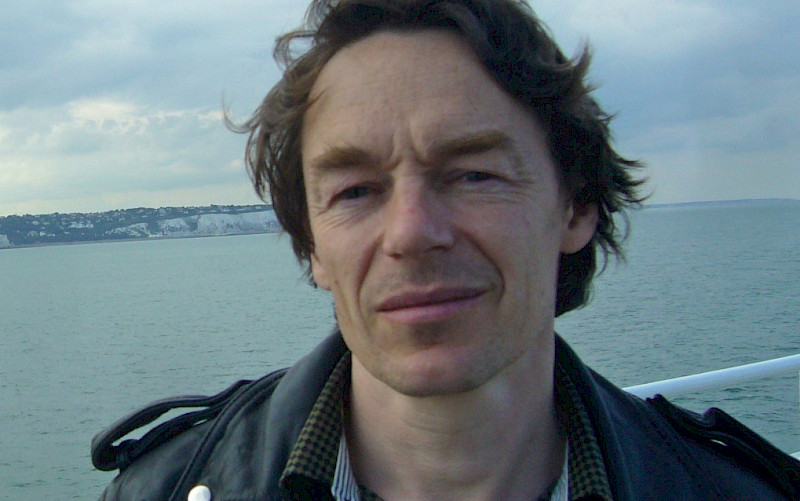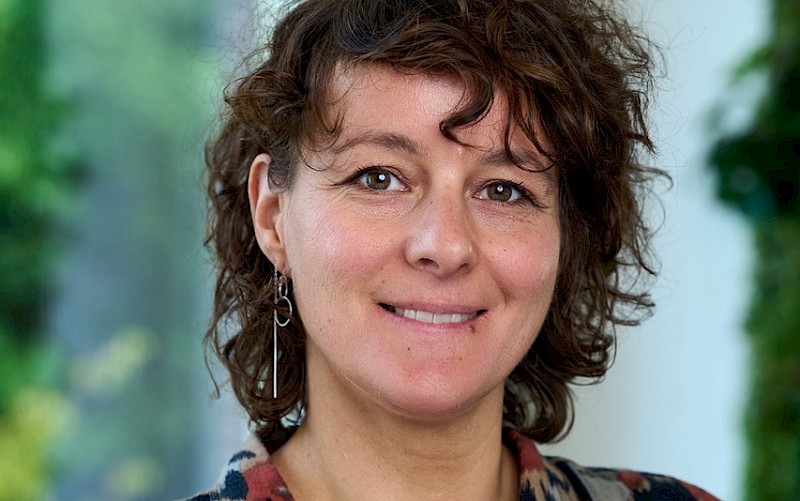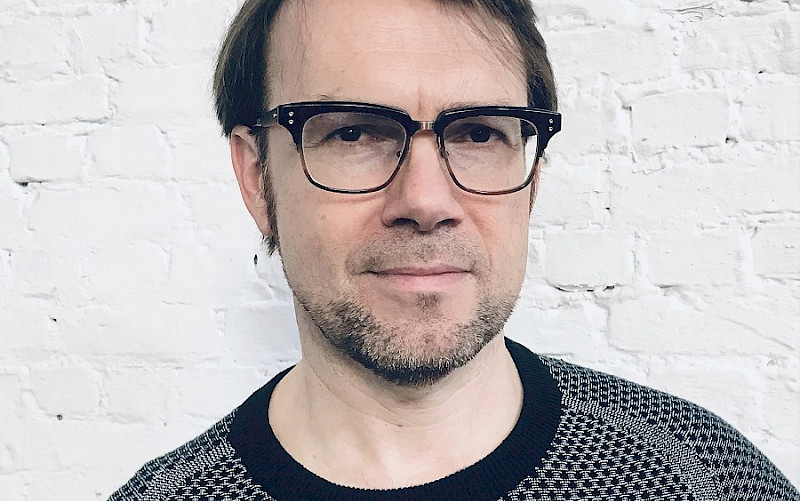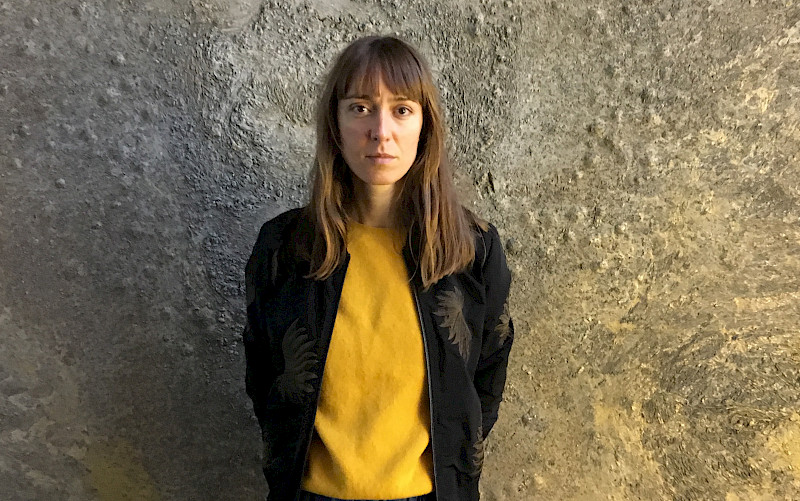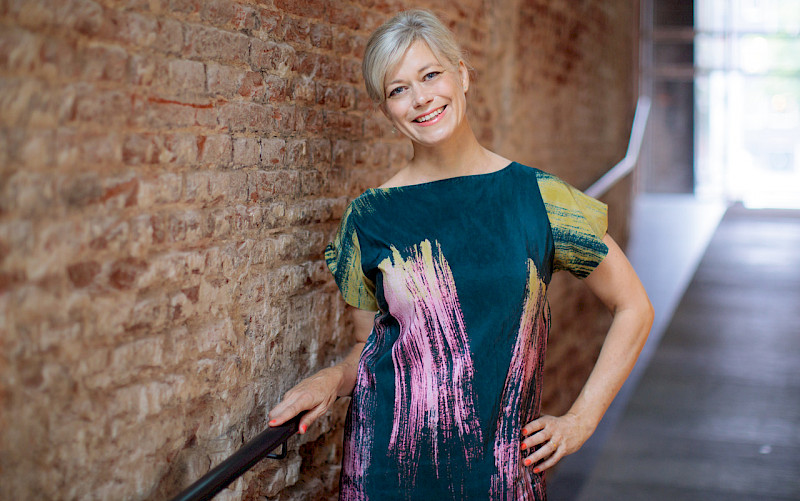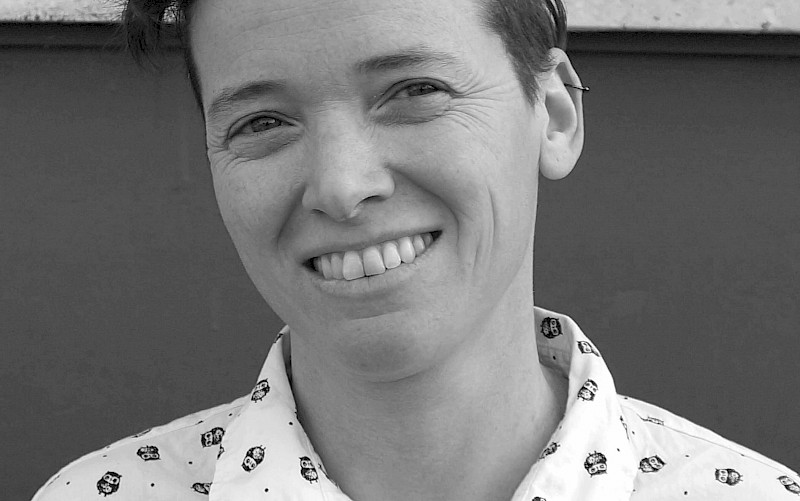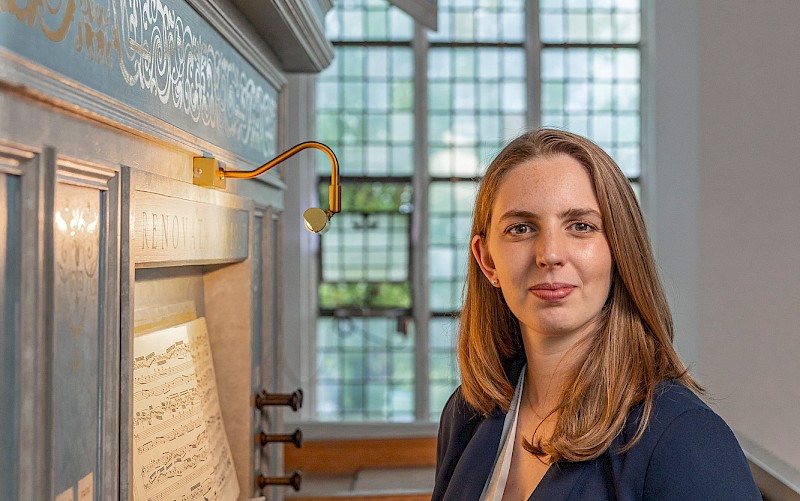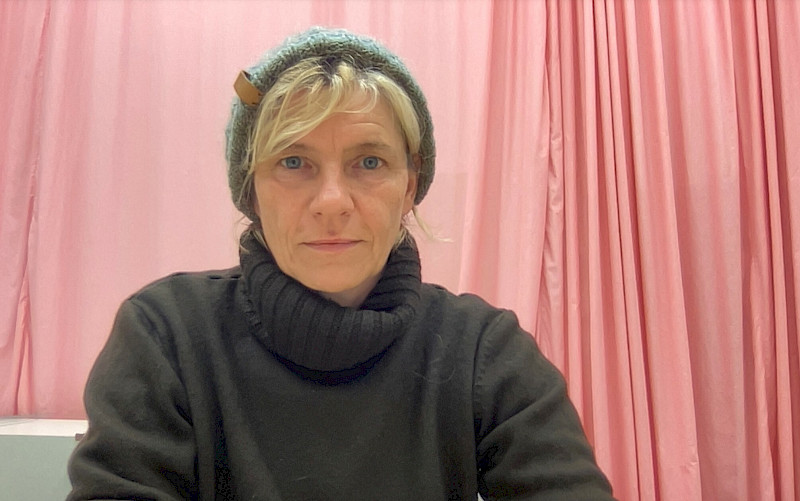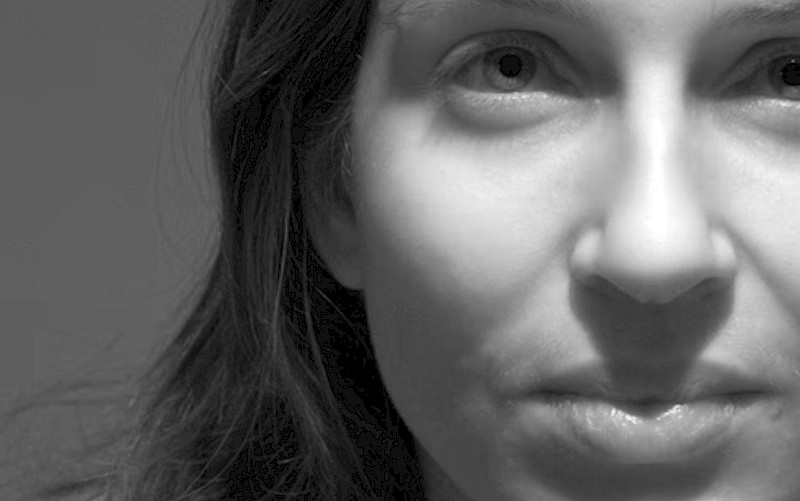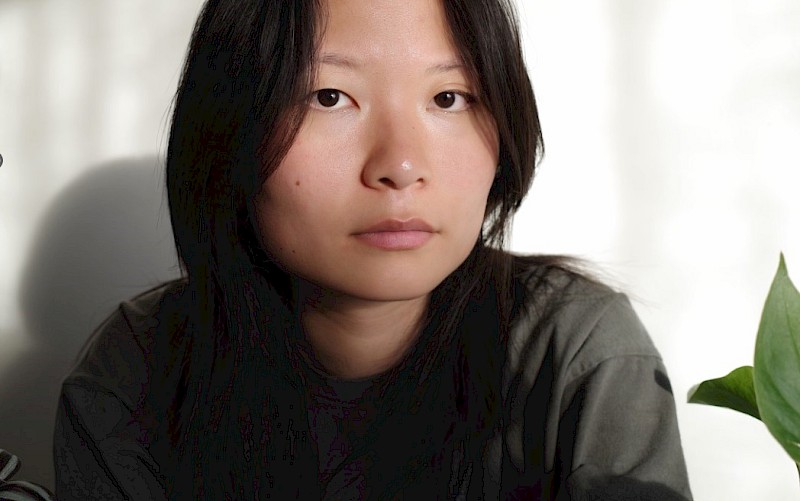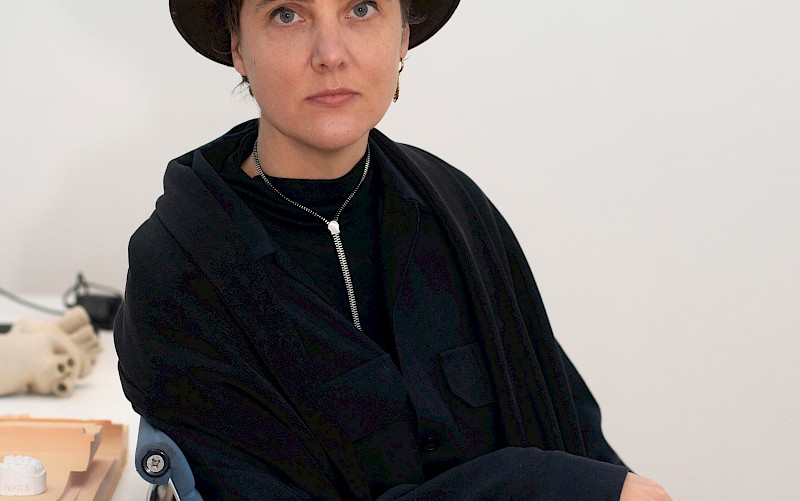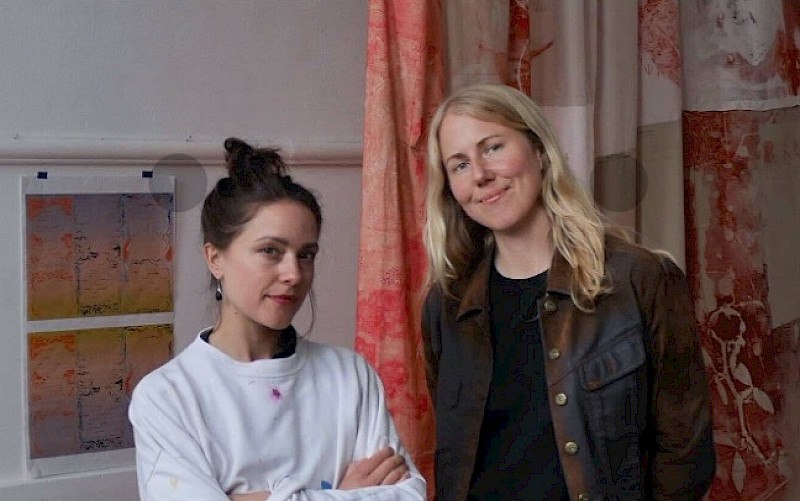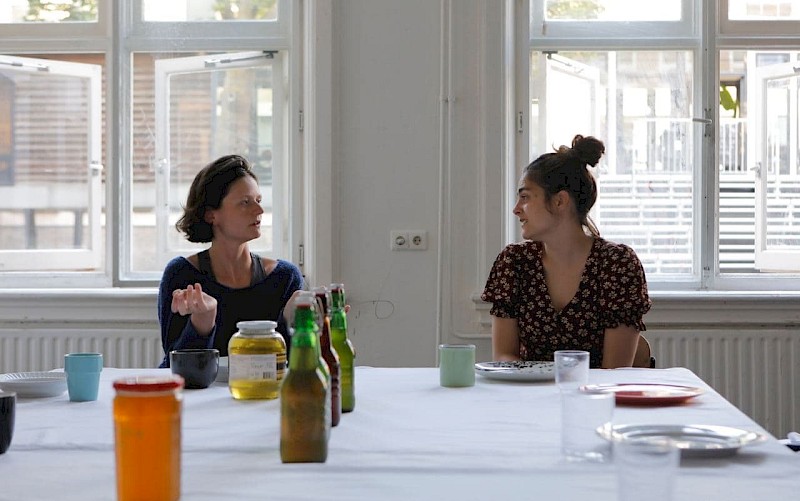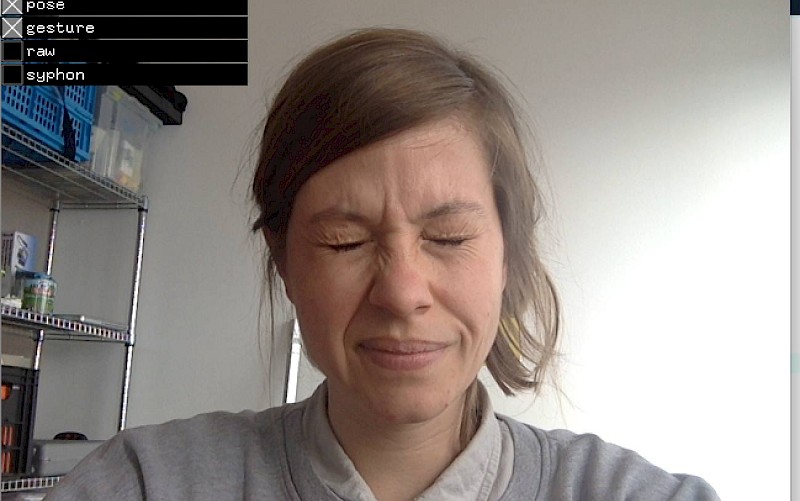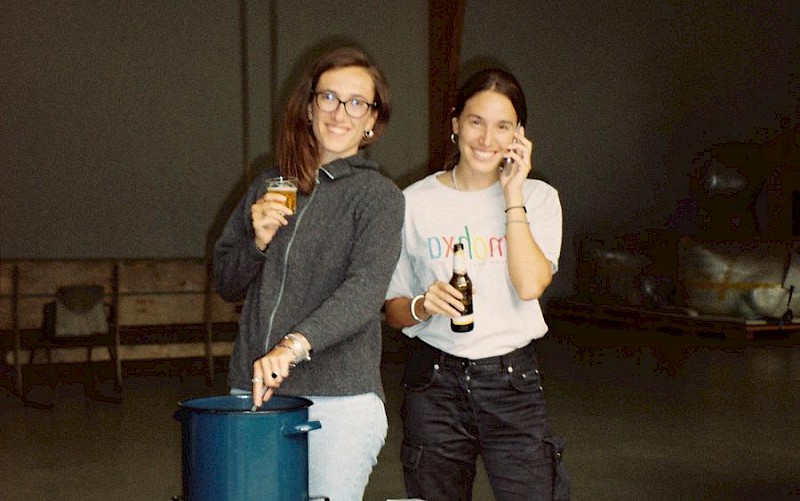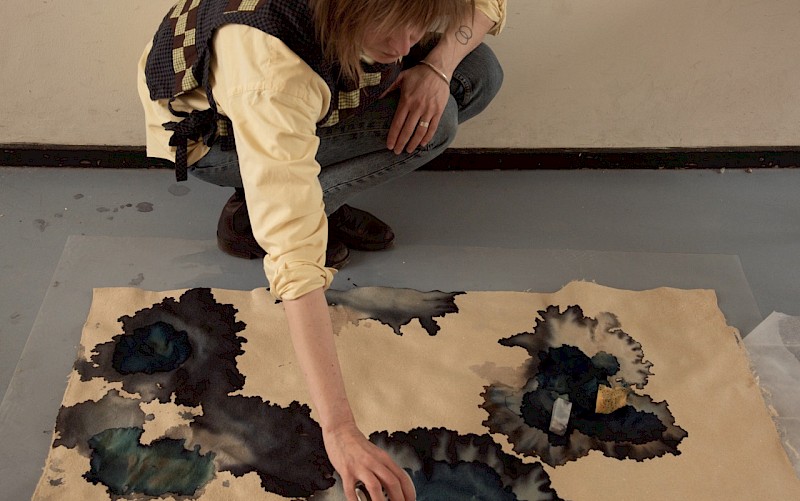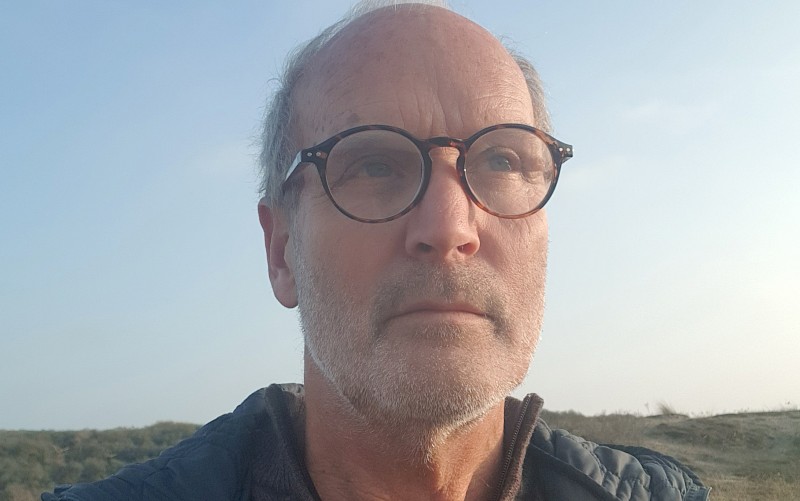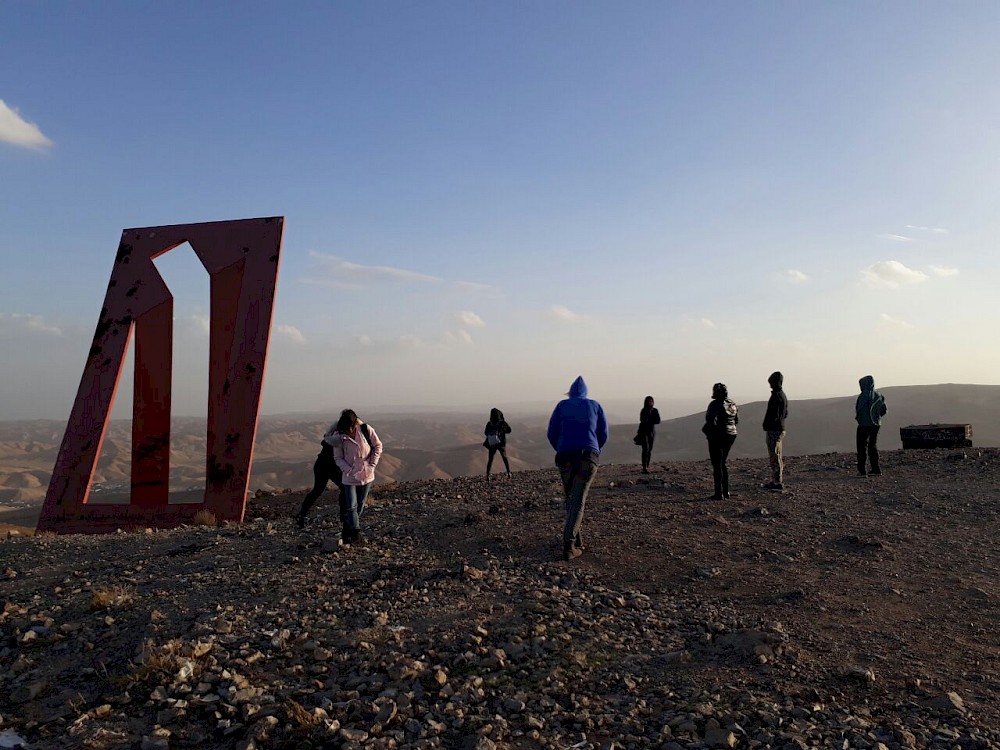
Interdisciplinary Research Group
The four participants of the first pilot-project of the platform, the Interdisciplinary Research Group (IRG), developed their own research practice and explored as a group the points of connection between their research practices. Together they also reflected on the relevance of exchange and collaboration between artist-researchers from different disciplines in an inter-institutional context.
Individual research
- Thalia Hoffman, Here/Then and Now كان ועכשיו ; a Memoir
- Lyndsey Housden, Spaces for Wellbeing in Higher Education
- Justin Bennett, Listening to New Babylon
- Jed Wentz, A Reading of the Passions by Williams Collins
Relevance of Interdisciplinarity
What is the relevance of promoting exchange and collaboration between artist-researchers from different disciplines in an inter-institutional context?
In the following self-reflection of the Interdisciplinary Research Group, we focus on the perceived relevance by the participants of sharing research in a cross-disciplinary and inter-institutional environment. We do so by identifying nine areas of interest that emerged in the 13 meeting reports (over 1.5 years). We end with some open questions and a recommendation for a possible continuation of this initiative.
1. Self-awareness & articulation in an interdisciplinary research environment
One might expect that, in the absence of a common language, the exchange between artists of different artistic disciplines would lead to general discussions that remain on the surface. However, throughout the IRG meetings, presenting and sharing research with artists who don’t share the same background or insider knowledge helped participants to become aware of differences and distance between their artistic practices, and to become more aware of the specifics of their own field of knowledge. Moreover, even if participants avoided using a too technical or specialised vocabulary, the effort needed to clarify the own vocabulary or attitude within this mixed group, was perceived as helpful, also in articulating their research questions more precisely.
2. Experiencing and reflecting together, from different perspectives
The value of sharing became even more palpable in those instances where the group chose to experience together the same materials, texts and works. These brought about a complex and layered interaction in which both the differences between backgrounds could play out and complement each other, as well as connections and links that were commonly recognized by the participants. One participant mentioned that reading or watching the same material or work invited ‘to sometimes get away from ourselves a bit’ (Hoffman, IRG1). Particularly forceful where the collective exercises proposed by the participants (IRG 7) to explore a sense or feeling of self and space (Housden), to listen to the environment (Bennett), to investigate the speaking voice by a declamation warm-up (Wentz) or to visually place our bodies in our own spaces at home in front of our cameras, playing with the ‘framing’ of the online format of our meetings (Hoffman). Although these exercises were only of an introductory or exploratory nature, they opened up a space for a more embodied understanding of the contexts in which each of the individual research projects took place, and as such had also an impact on the group discussion.
3. Meta-conversations
Group discussions often led to meta-conversations on general themes and issues not tied to any discipline in particular. It is likely that the context of an interdisciplinary research group encourages such conversations through a spontaneous search for points of commonality (and differences and friction). It is also likely that such a context brings to the forefront topics that may be less easily addressed in groups with a more specialized common interest.
Participants felt that naming things and giving words to broad topics or issues such as responsibility and compassion in art, the relation of art to public space or the positioning of the artist in society, examples of friction experienced by the participants during interdisciplinary collaborations in the past, was helpful for developing an understanding of these issues, and for their teaching and artistic practice (IRG 1). There was also broad agreement on the relevance of engaging as an artist in these meta-discussions.
In terms of research methodology, the Open Session, in which each participant had invited one external guest into the group discussion about their individual research, (IRG11) also brought to the foreground fundamental questions related to doing (artistic) research.
4. Discussing roles and boundaries of disciplines
The IRG offered an ideal environment to discuss the roles and boundaries of disciplines within art institutions. Although relatively little time was spent on theorizing about notions and definitions of inter-, trans- or post-disciplinarity (a short literature overview was made in preparation of IRG5), all participants recognized the importance of being aware of how our institutions are structured and built on disciplines, each with their specific history. Today, more than ever, there seems to be a tendency and willingness within institutions to question the institutionalized interactions, power relations, and divisions between disciplines (IRG5, p3). This is also evident among the youngest generation of students, as illustrated by the increasing interest in inter- or transdisciplinary topics in the research projects of master's students at the KC (IRG 5).
On the other hand, the importance of the existence of disciplines as environments for learning, knowledge and skills was also recognized (IRG6, p1-2). Other comments noted the difficulties of translation when working together across disciplines, and the danger of interdisciplinarity becoming a kind of discipline and ‘separate world on its own’ (IRG 6), with practitioners who are disconnected from others working in more intra-disciplinary ways. Another question concerned the need to clarify to what extent interdisciplinary research necessarily implies interdisciplinary artistic practice, how the two can intersect or go hand in hand.
As observed by a participant, one of the most important learning moments in the interaction between disciplines occurs when they collide.
Can such collisions lead to a stretching of disciplines?
5. Building a shared vocabulary
As mentioned before, a recurring topic in the discussions was the importance of building a shared vocabulary if working across disciplines is an aim. The translation of words and terminology between disciplines is not an easy task (IRG5, p3), especially when there are sometimes subtle or radical differences in understanding commonly used concepts and terminology. The same word may have different connotations in different disciplines, like words that relate to corporeality, space, performance or composition that all resonate differently depending on the tools, materials, environments or cultural histories that characterize an artistic practice. Sometimes, there might also be an implicit or open bias towards (not) using specific words, dependent not only on disciplines but also more broadly on cultural perspectives or world views. In fact, the word ‘discipline’ itself might be an example, with its possible connotations of ‘order’, ‘efficiency’, but also ‘alienation’, ‘hierarchy’ or ‘punishment’ (IRG 5), all of which seem to have acquired rather negative associations in postmodern cultural theories.
Bridging the gap between different interpretations can prove challenging, although the differences and misunderstandings can be productive in themselves. As observed by a participant, one of the most important learning moments in the interaction between disciplines occurs when they collide. Can such collisions lead to a stretching of disciplines (Hoffman, IRG 5)?
6. Sharing and discussing specific methods, concepts and problems
A main element of curiosity and for some a motivation to participate in the group, was the possibility of sharing and exchanging more specific artistic (research) methods or concepts between disciplines. Examples that raised a mutual interest were notation and drawing techniques in music composition (Iannis Xenakis, IRG3) (Bennett, Housden), the use of the voice such as in melodrama (IRG4, p1-2), the connections between history, architecture, design, urbanism (Bennett, IRG1, IRG11), walking methods (Twemlow, Bennett), body mapping techniques (Wentz), listening strategies, interventions, conversation techniques, somatic practice (IRG11), reenactment and more.
Although the time frame of the collaboration was too short to investigate more in depth the possibilities of transposing or applying such methods or concepts across disciplines, participants found relevance in tapping into the accumulated knowledge and expertise within the group.
7. Using the IRG as a knowledge base and network
Making use of each other's knowledge base and artistic, social, financial, and knowledge networks probably offered one of the most immediate and practical benefits for participants. It also showed the importance of having not only general discussions, but also more personal research presentations that often unveiled unexpected connection points between research projects. After these presentations, many suggestions were made to contact experts or look into specific sources. The Open Session (IRG11) also demonstrated the importance of having moments where the group discussions could be enriched by views from experts outside the group.
8. Sharing educational questions, formats and methods beyond disciplines
All IRG participants fulfill educational responsibilities within the participating institutions. Therefore, the possible relevance of the research exchange for education was often an underlying motive of discussions and presentations. The fact that there does seem to be a growing interest among students to collaborate and work across disciplines raised the question of how the IRG might contribute to this. The discussions brought to the foreground the relevance of collaborative practice in education. One participant commented that art making could be considered as a way of thinking/feeling/observing. While studying certain disciplines might contribute to acquiring tools and abilities, learning beyond disciplines explores the potentials in thinking through doing/making.
9. Discussing methods of research and documentation
In the short time frame of this 1.5 year experiment, questions about how to document and disseminate the results of an interdisciplinary exchange quickly took on an urgent character. What could be a proper format to capture something of the diversity of our conversations and experiences? How could we make explicit the implicit learning that took place through our conversations, doing exercises together or visiting each other’s workplaces? This question very much resonates with general issues of dissemination in artistic research, more particularly the relationship between experience and reflection, between artistic works and their verbal contextualisation.
The ‘X-disciplinary Congress on Artistic Research and Related Matters’ at the Vilnius Academy of Arts (Lithuania, 17-21 October 2021) offered the opportunity for the IRG as a group to develop and present a joint performative lecture that an attempt to do justice to the diversity of the research approaches of participants and to the openness of our exchange. As modest as it was in its conception, it also made clear how the relevance of interdisciplinary cooperation gains momentum and deepens by doing things together (IRG9, IRG10).
10. Questions and suggestions for future initiatives
- The IRG has been an inter-institutional experiment to test the relevance of sharing research across disciplines and institutions on a regular base, within a small group of researching artists from the three participating institutions. This format offered a time frame well-suited to build an atmosphere of trust, to get to know each other’s practices and to engage in a meta-conversation about drives and motives in artistic research. Some of the limitations of this format have already been touched upon in the preceding points. The following list of suggestions and questions could be taken into account as ‘work to be done’ with regard to a possible future implementation of interdisciplinary research groups within and beyond our institutions:
- Decide about the identity, the role and the function of the group of researchers that meet on a regular basis to clarify its context. Is the aim to have an open exchange, or is there a need for a more specific thematic focus? Do researchers act as a closed group, or are group meeting and activities open to others? Does the group offer a ‘safe space’ for curiosity-driven research and exchange, or do more specific institutional aims and expectations play a role as well (such as addressing concrete educational problems)?
- Clarify what to expect as an outcome. Although an interdisciplinary research group may generate concrete cross-disciplinary artistic research, doing ‘crossovers’ doesn’t have to be the first aim. Nonetheless, it should be clear to what extent the exchange can help concrete artistic research/practice.
- Clarify the possible impact (for education) and relevance of interdisciplinary research and exchange for collaboration and outreach beyond disciplines and institutions.
- Instead of presupposing a general relevance of interdisciplinary work, try first to identify for whom in our institutions the exchange might be relevant. Who will feel attracted to such meetings, who will not (and why)?
- Are specific formats of exchange more relevant or valuable than others, is there a need to develop specific formats or methods (presentations, experiencing together, site visits)? What needs to happen in an offline context, what can happen online?
- Consider different modes of preparation. What prior knowledge do researchers from other disciplines need in order to give relevant feedback? One participant felt that the unprepared reactions of the group were actually refreshing and useful (see also point 5 about the (lack of) a shared vocabulary), clarifying that she has colleagues from her own discipline whom she can consult on the finer points of what she does, but who cannot look with the same ‘freshness’ of an outsider’s view.
- The IRG was facilitated by a one-year grant of SIA Regieorgaan. To provide for a durable and solid interdisciplinary exchange requires a proper financial support and organisational framework. Any long-term interdisciplinary research ambition requires a realistic and feasible scenario of institutional support.

